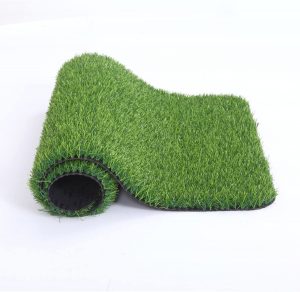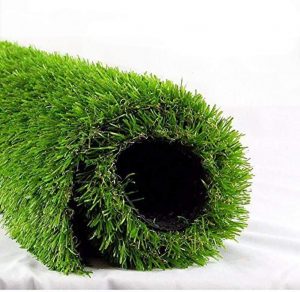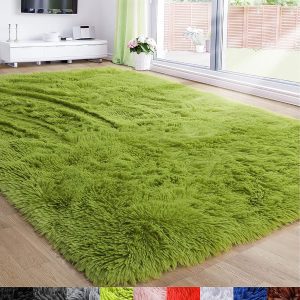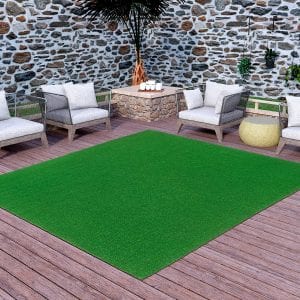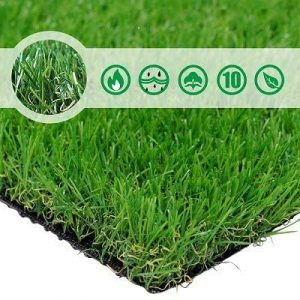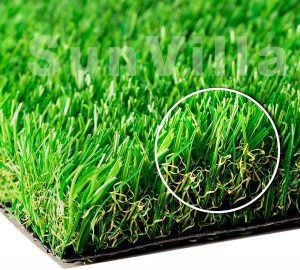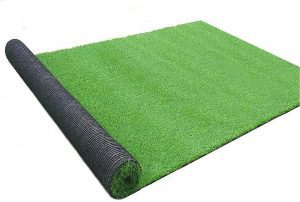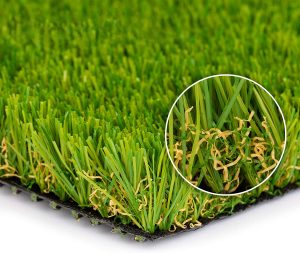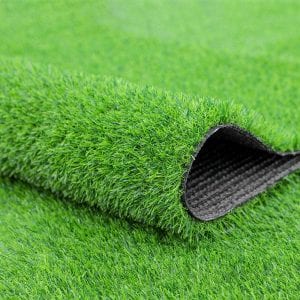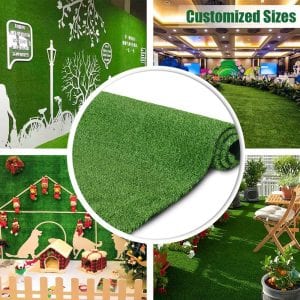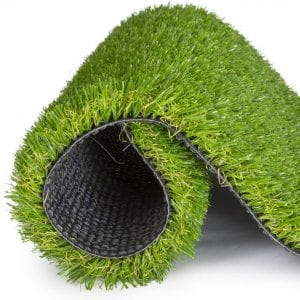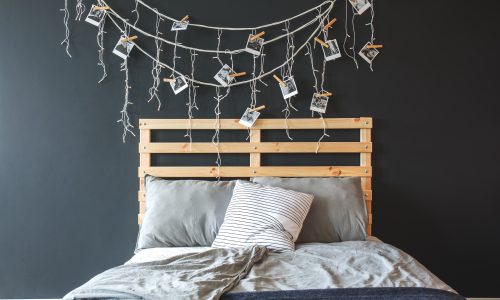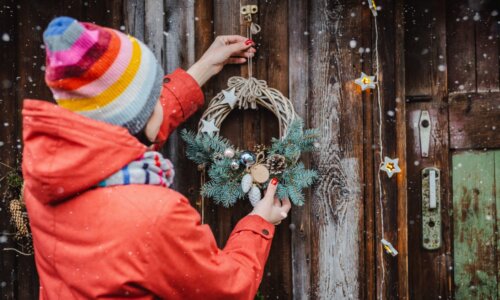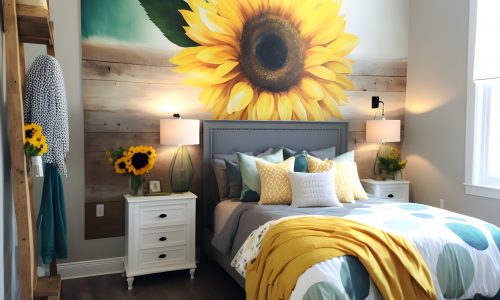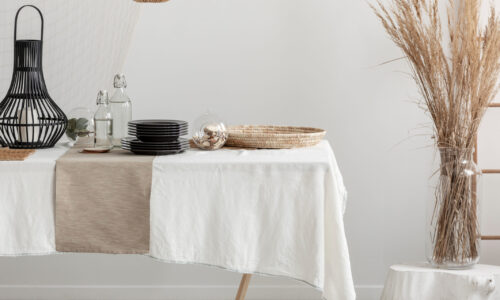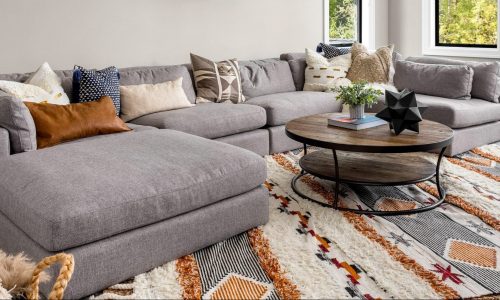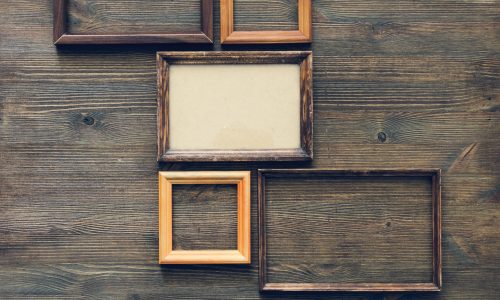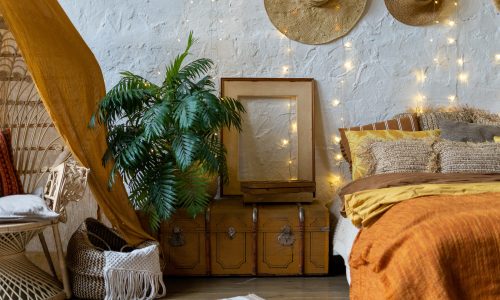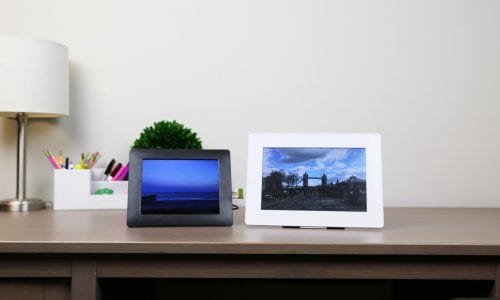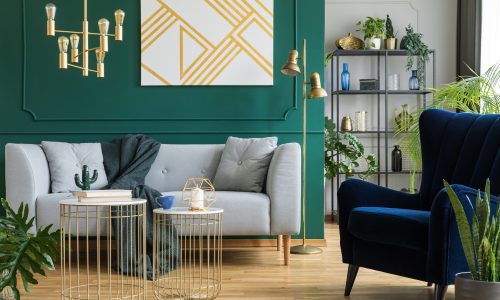The Best Fake Grass Rug
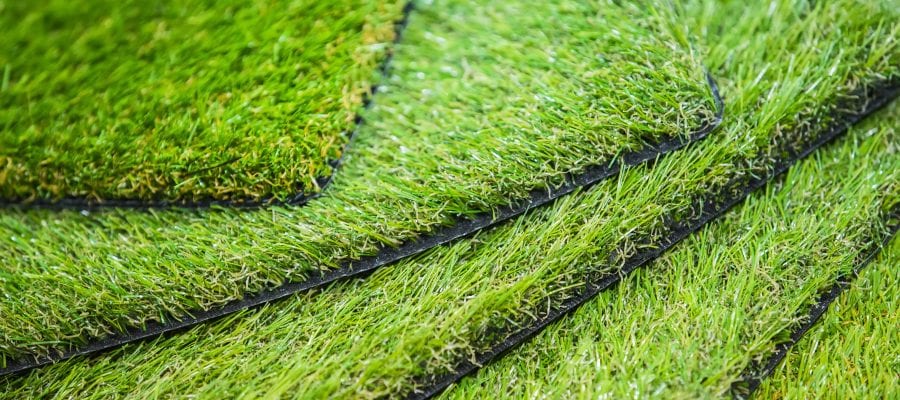
Our Review Process
Don't Waste Your Money is focused on helping you make the best purchasing decision. Our team of experts spends hundreds of hours analyzing, testing, and researching products so you don't have to. Learn more.
Our Picks For The Top Fake Grass Rugs
- 1. MAYSHINE Non-Slip Easy Care Fake Grass Rug
- 2. LITA UV Resistant Easy Install Fake Grass Rug
- 3. Amdrebio Ultra Soft Polyester Fake Grass Rug
- 4. Ottomanson Rectangular Non-Slip Fake Grass Rug
- 5. Pet Grow Rubber Backed Quick-Dry Fake Grass Rug
- 6. SunVilla Plastic Non-Toxic Fake Grass Rug
- 7. Goasis Lawn Eco-Friendly Fake Grass Rug
- 8. Smartlawn Multipurpose Draining Fake Grass Rug
- 9. Fasmov Weatherproof Fake Grass Rug
- 10. Petgrow Quick-Dry Self-Draining Fake Grass Rug
- 11. SavvyGrow Fade Resistant Fake Grass Rug
Whether you need an indoor mat for your pup or an outdoor rug to wipe your feet, this fake grass rug has you covered. It's nice and thick, as well as water and fade-resistant. The anti-skid bottom is a nice touch, as it keeps the rug firmly planted on the ground.
Most VersatileYou'll find this fake grass rug comes in sizes ranging from 17 by 29.5 inches to 36 by 59 inches.
You won't believe how realistic this fake grass rug appears. It's constructed using a high-quality synthetic material that can be set flat on a floor or curved to fit over a small hill. Since the rug is both weatherproof and UV-resistant, it's virtually maintenance-free!
Strong, Yet FlexibleWith this fake grass rug, you'll be able to bring the outdoors indoors.
Soft and furry is the best way to describe this fake grass rug. The rug measures 4 foot by 6 foot and looks great in a nursery, playroom or living area. If green isn't your color, you'll be pleased to learn that this rug also comes in navy, red, pink, gray, black and brown.
Most EconomicalWhen designing a room on a budget, go with this affordably priced fake grass rug.
This area rug features 1-inch pile for a luxurious, grass-like feel. Made from synthetic fiber, it’s kid- and pet-friendly and includes plenty of drainage holes to prevent mildew or mold. Non-slip backing ensures easy, reliable installation.
Feels Like GrassThis fake grass rug will transform your space, outdoors or in.
Buying Guide
Synthetic grass rugs are a versatile design choice for both indoor and outdoor spaces. They’re a great substitute for grass in outdoor spaces where you want the look of a lawn without the expense and maintenance that comes with real grass. Inside a house, they can brighten up an office or play area by re-creating the feel of the outdoors.
When choosing a fake grass rug, think about the space where you’ll be installing it. A more durable rug may have more abrasive fibers, so it’s important to try out samples of your rug if possible. If comfort is important, as it would be in a children’s play area, it’s wise to look for a rug with a higher pile and thick backing material. It’s also important to look at the density of the rug, as a lower-density rug can start to look patchy after heavy use, as well as being less soft on your feet.
Different types of grass rugs require different types of installation. While some grass rugs can be placed directly on the surface of the ground, others require more planning to prepare the ground and install the rug using lawn staples or grass tape.
What to Look For
- Most artificial grass can be customized to the size you require.
- You may still want to trim your rug, particularly if you have irregular edges.
- To cut a fake grass rug, flip it over and use a sharp box cutter to cut through the backing. Cut slightly larger pieces than you will need, to leave a margin of error.
- Though fake grass rugs require less maintenance than real grass, you still need to care for them. Brush regularly to keep the blades standing up straight, and clean according to manufacturer instructions.
More to Explore
Artificial turf was first created by a company called Chemstrand, which was tasked by the Ford Foundation with creating an ideal surface for sports in urban areas.
It was installed at a Quaker school in Rhode Island in 1964, but it did not attain national prominence until 1966, when the infield at the Houston Astrodome received an installation of what soon came to be known as AstroTurf.

